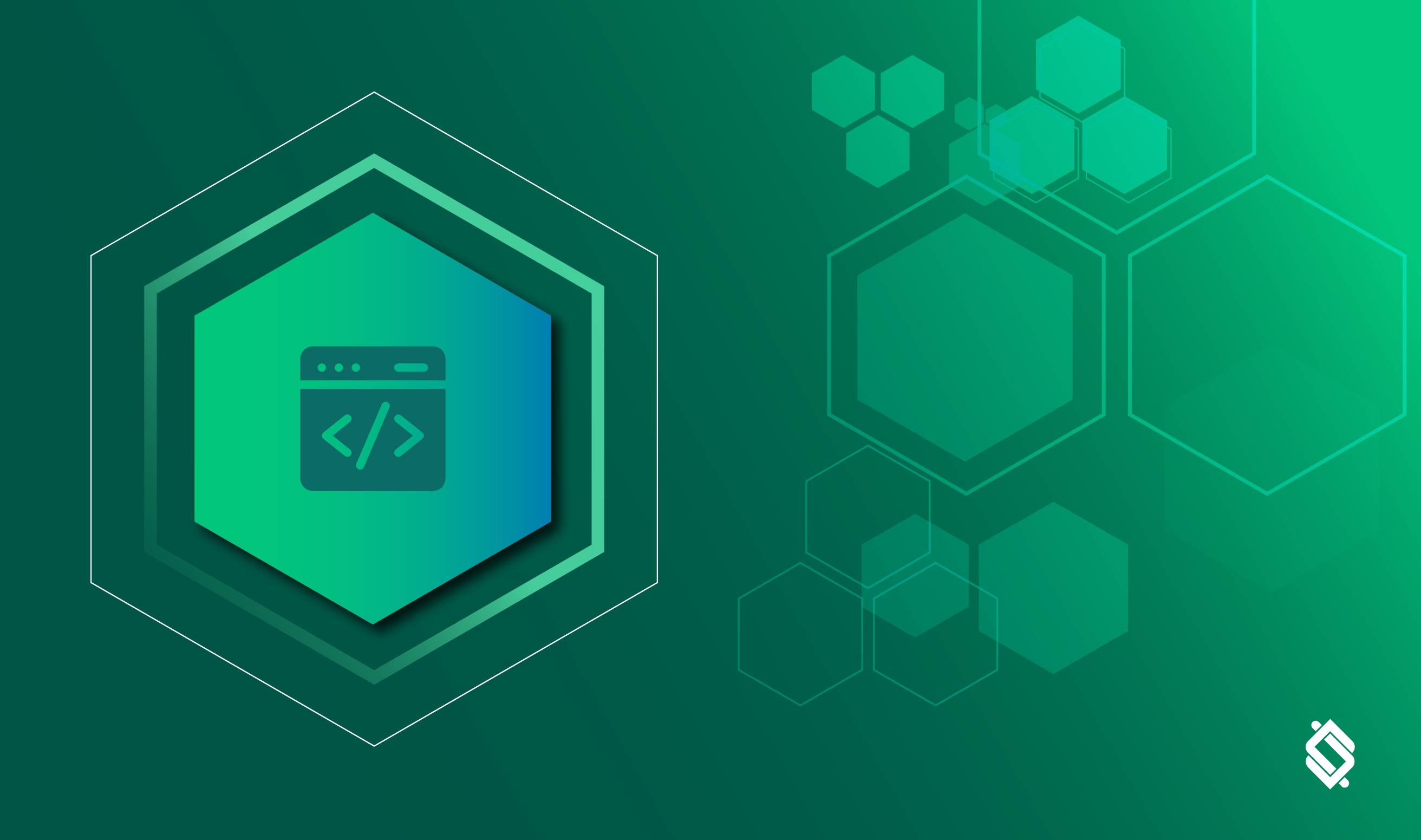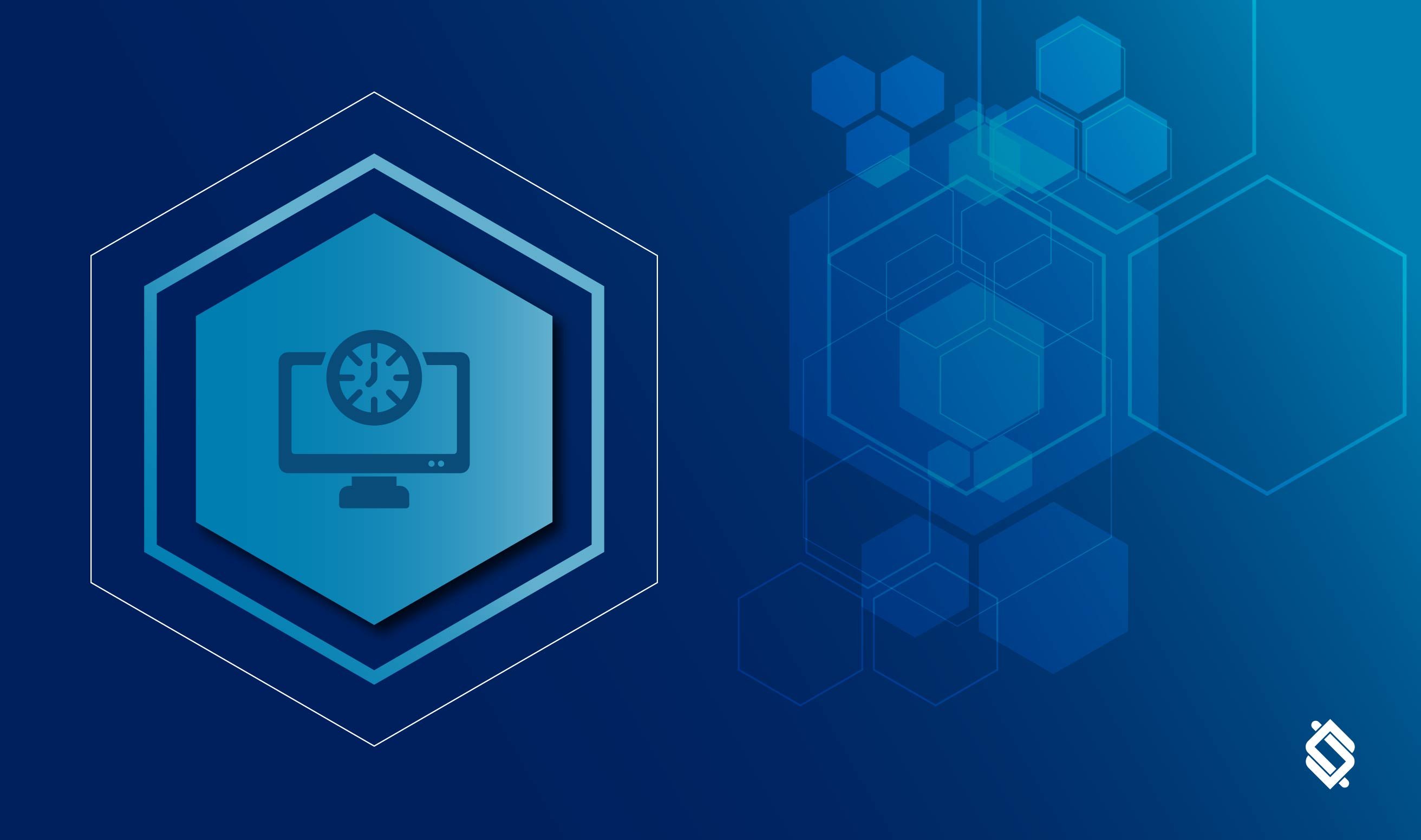In today's digital age, application security has become a critical aspect of software development. With the increasing number of cyber-attacks, companies need to ensure that their software applications are secure from vulnerabilities. Application security involves taking proactive measures to protect your software from possible breaches, attacks, and unauthorized access. In this blog post, we will discuss the fundamental concepts and principles of application security, including secure coding practices, input validation, session management, and access controls.
Secure Coding Practices

Secure coding practices involve writing code with specific security considerations in mind. It involves using relevant coding standards and guidelines to reduce the risk of vulnerabilities in the software. The coding practices should ensure that the application is secure from the ground up. A secure development lifecycle approach should be adopted, starting from the design phase to the testing phase. This helps to identify and mitigate security threats early in the development process, reducing the risk of vulnerabilities.
Input Validation

Input validation is the process of ensuring that data entered into the application meets certain criteria before it is processed. This is essential to prevent attacks such as SQL injection and cross-site scripting. Validating input ensures that only valid data is accepted, and all malicious inputs are rejected. It is essential to use libraries and frameworks that have inbuilt input validation to prevent attacks.
Session Management

Session management is critical in maintaining the security of your software applications. Session hijacking and session fixation are common attacks that can be prevented through proper session management. One way to achieve this is to use session tokens and expiring sessions after a certain period of inactivity. It is also essential to use secure communication channels to transmit session data.
Access controls

Access controls are mechanisms used to ensure that only authorized users can access the application's resources. This helps prevent unauthorized access and the possibility of data breaches. Access controls should be implemented at different levels, including authentication, authorization, and auditing. It is essential to have an access control policy in place to ensure that only authorized personnel have access to specific resources.
Application security is critical to any software development process. It is essential to have a holistic approach to application security, starting from the design and development phase to deployment and maintenance. As technologies continue to evolve, it is essential to keep up with the latest trends and best practices in application security. Protecting your software from vulnerabilities is a team effort and requires the involvement of all stakeholders in the software development process. By following secure coding practices, validating inputs, managing sessions correctly, and implementing access controls, you can protect your application from cyber threats.



